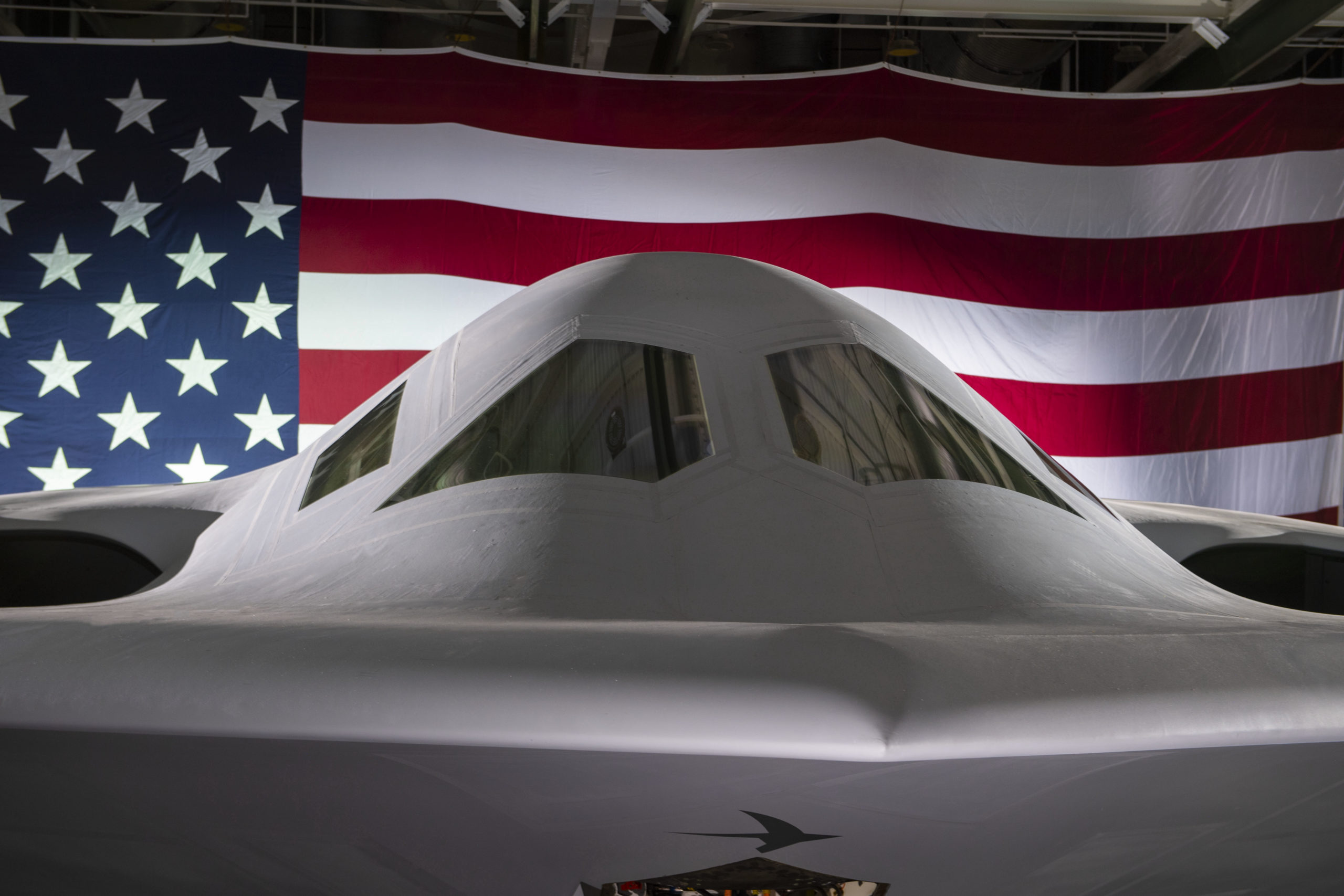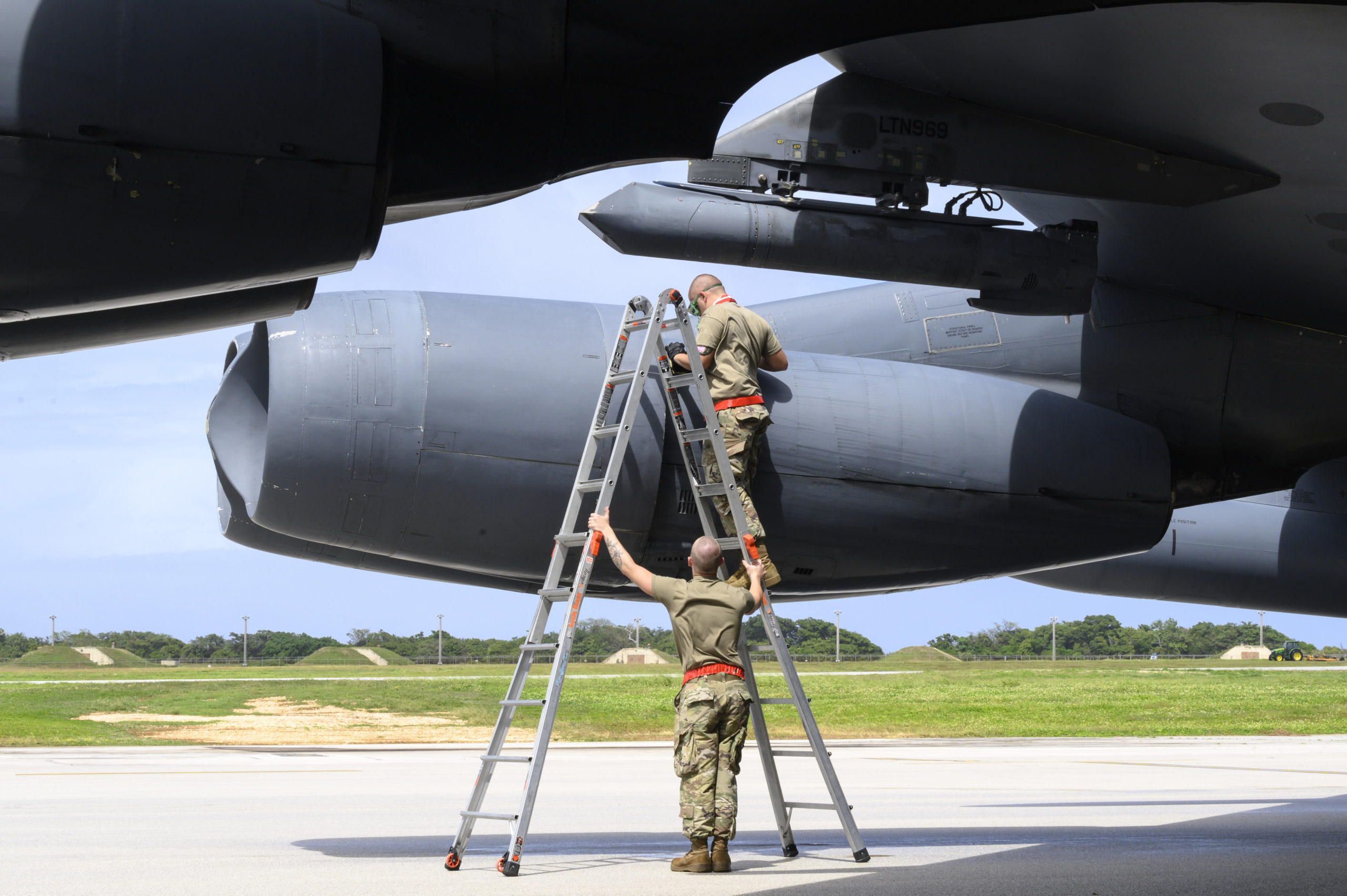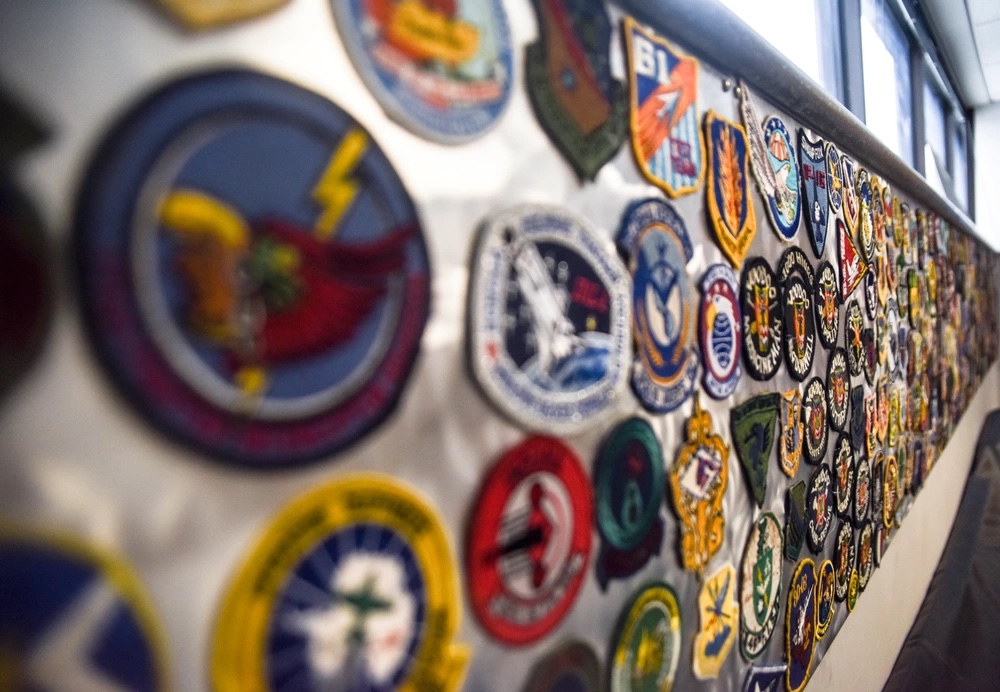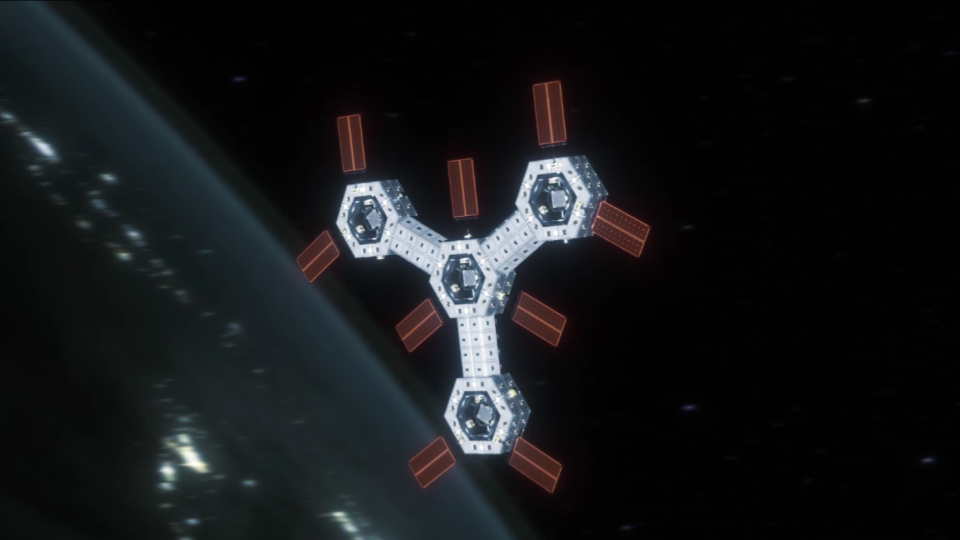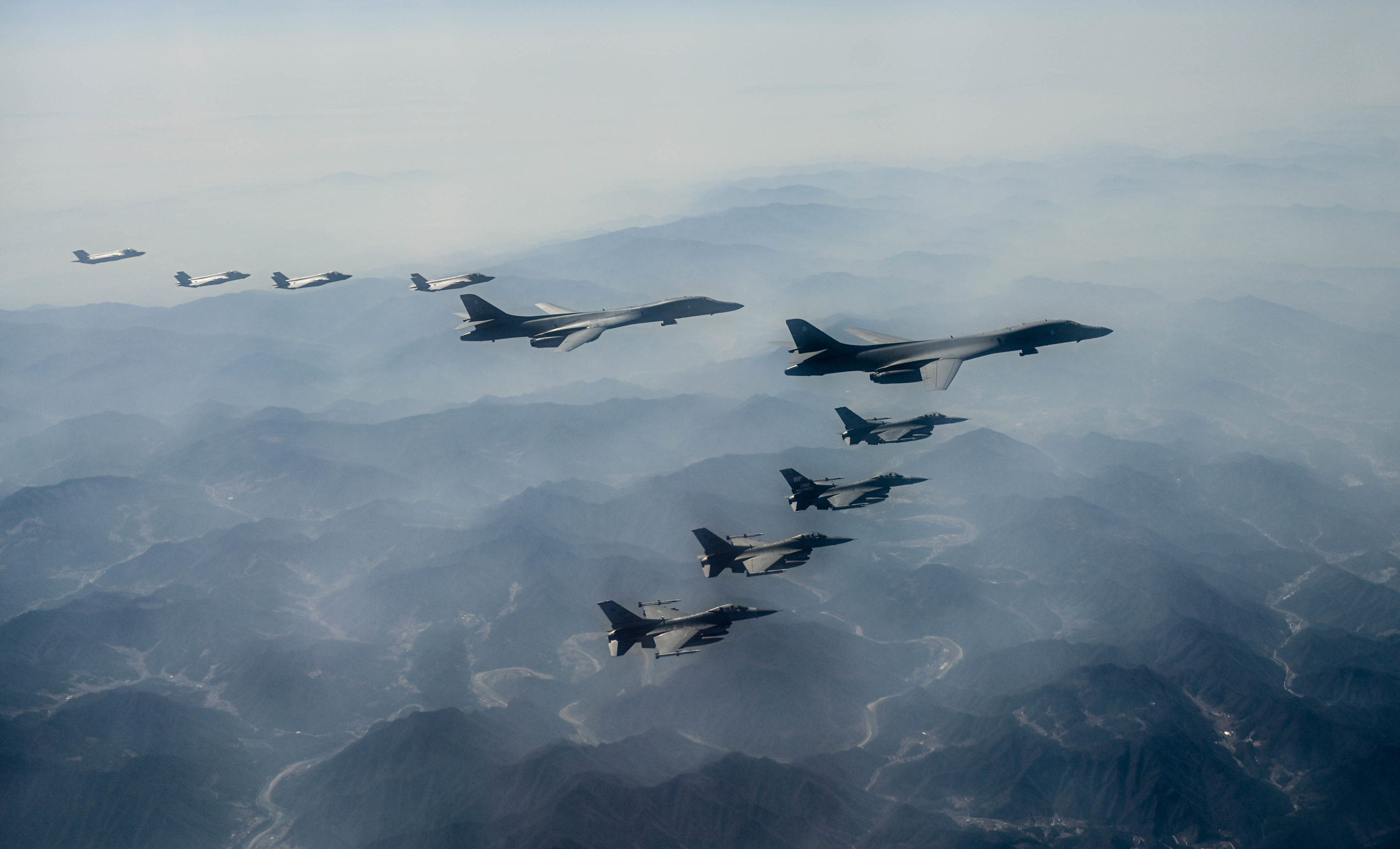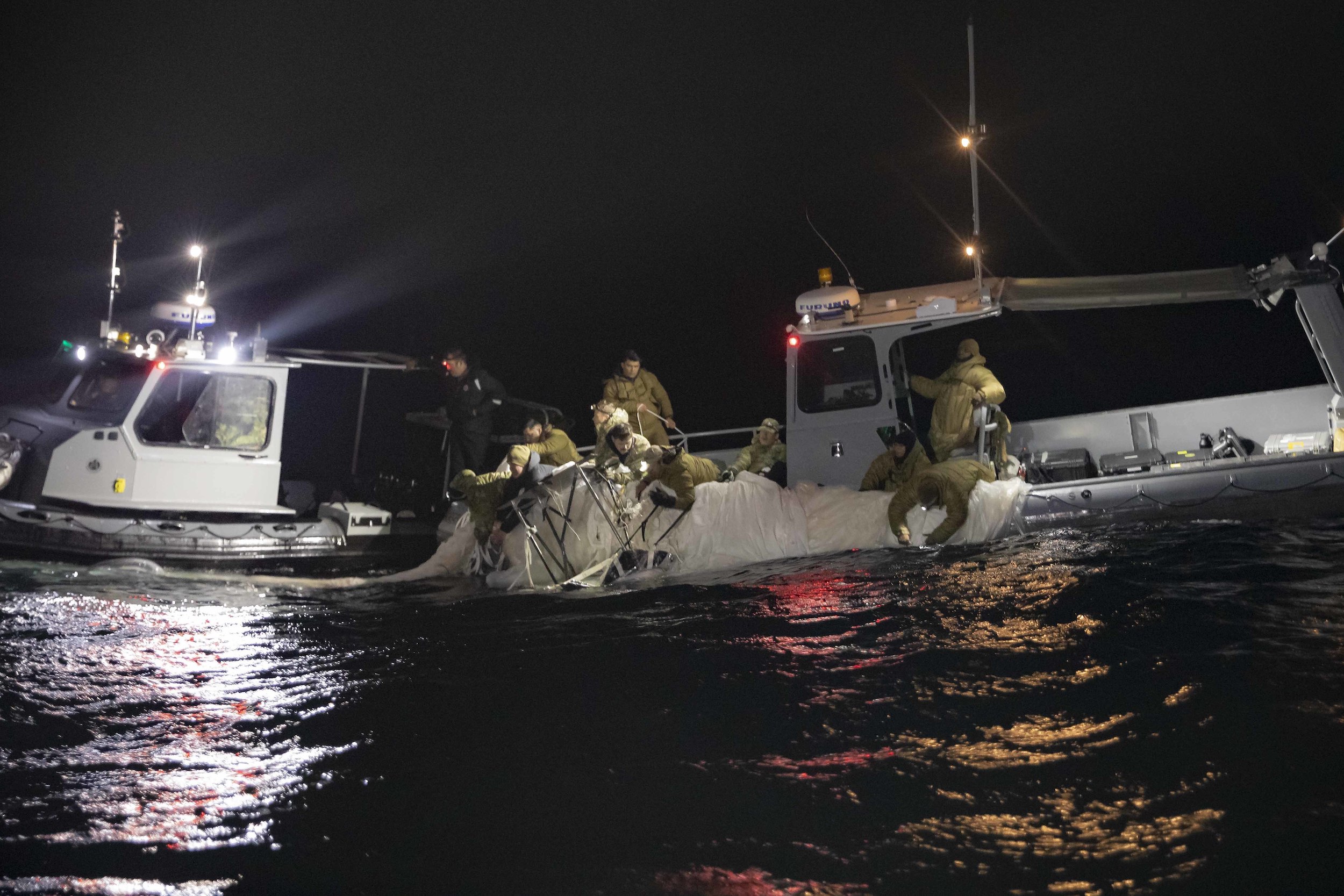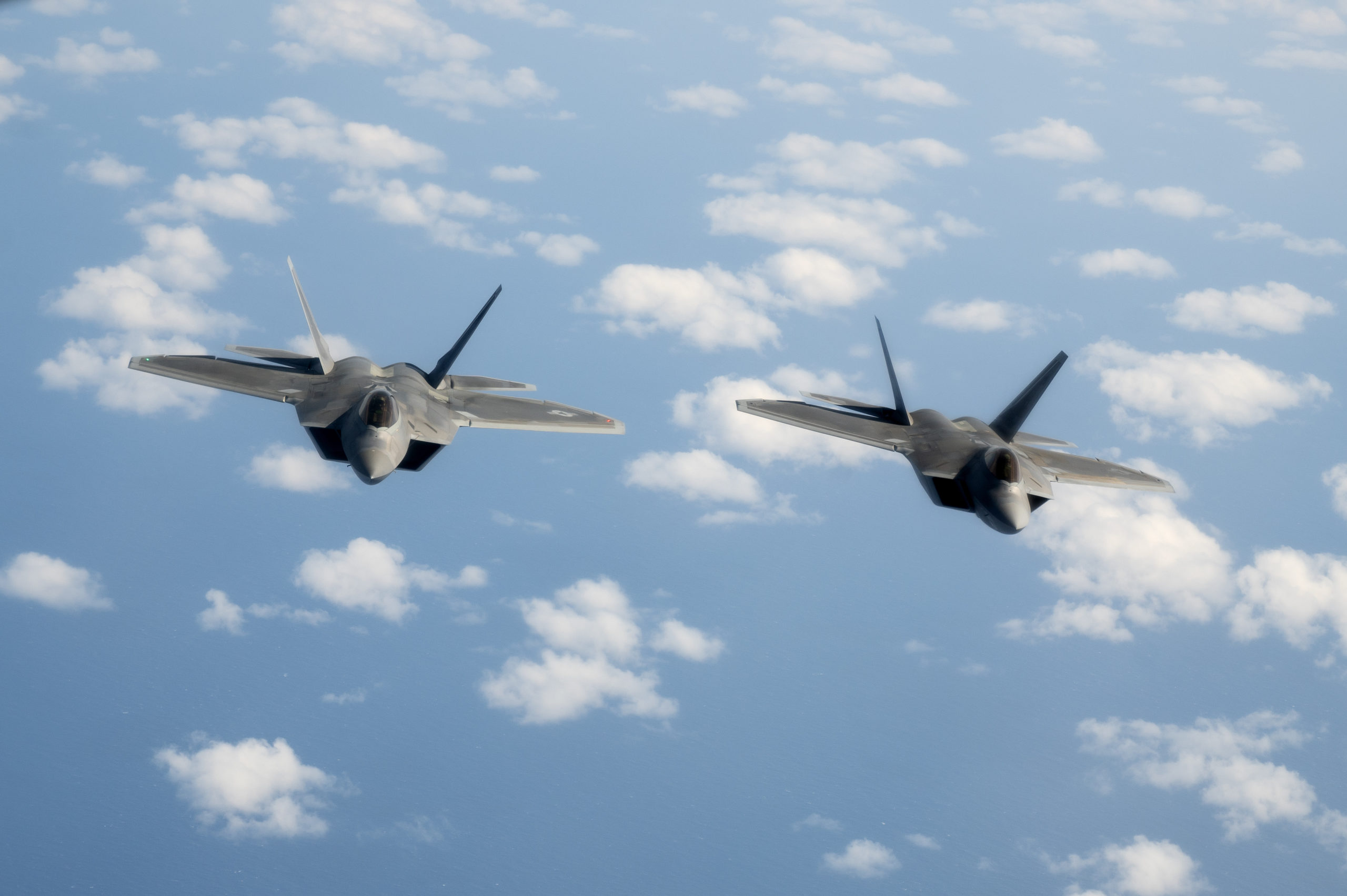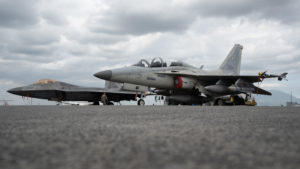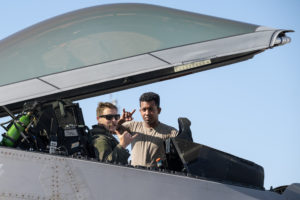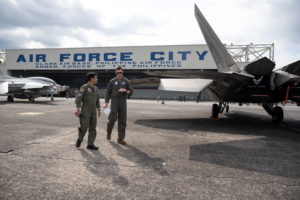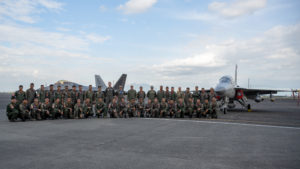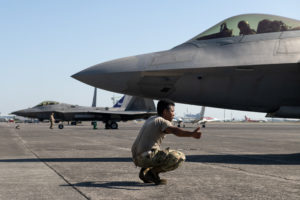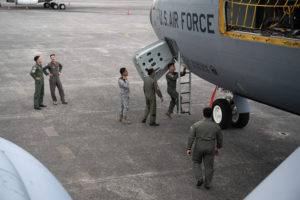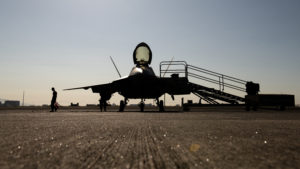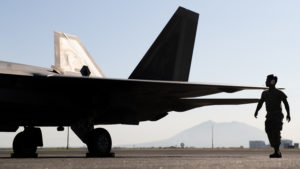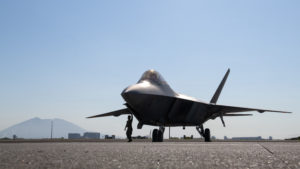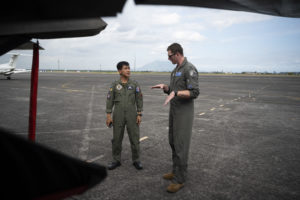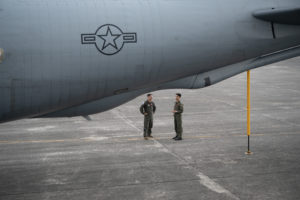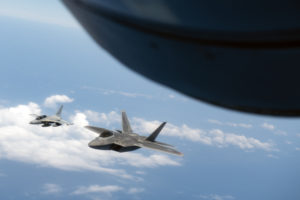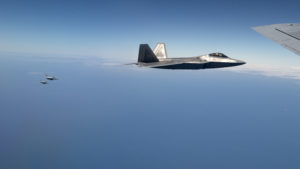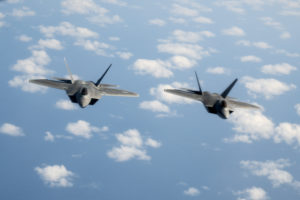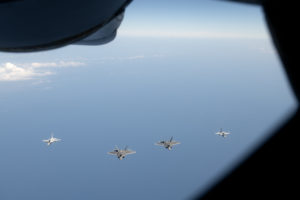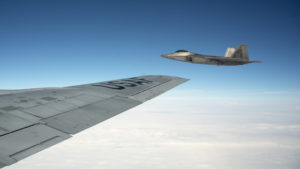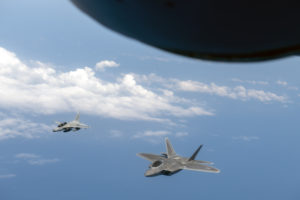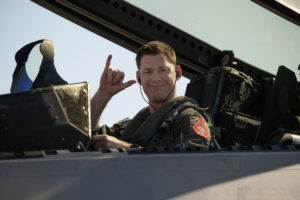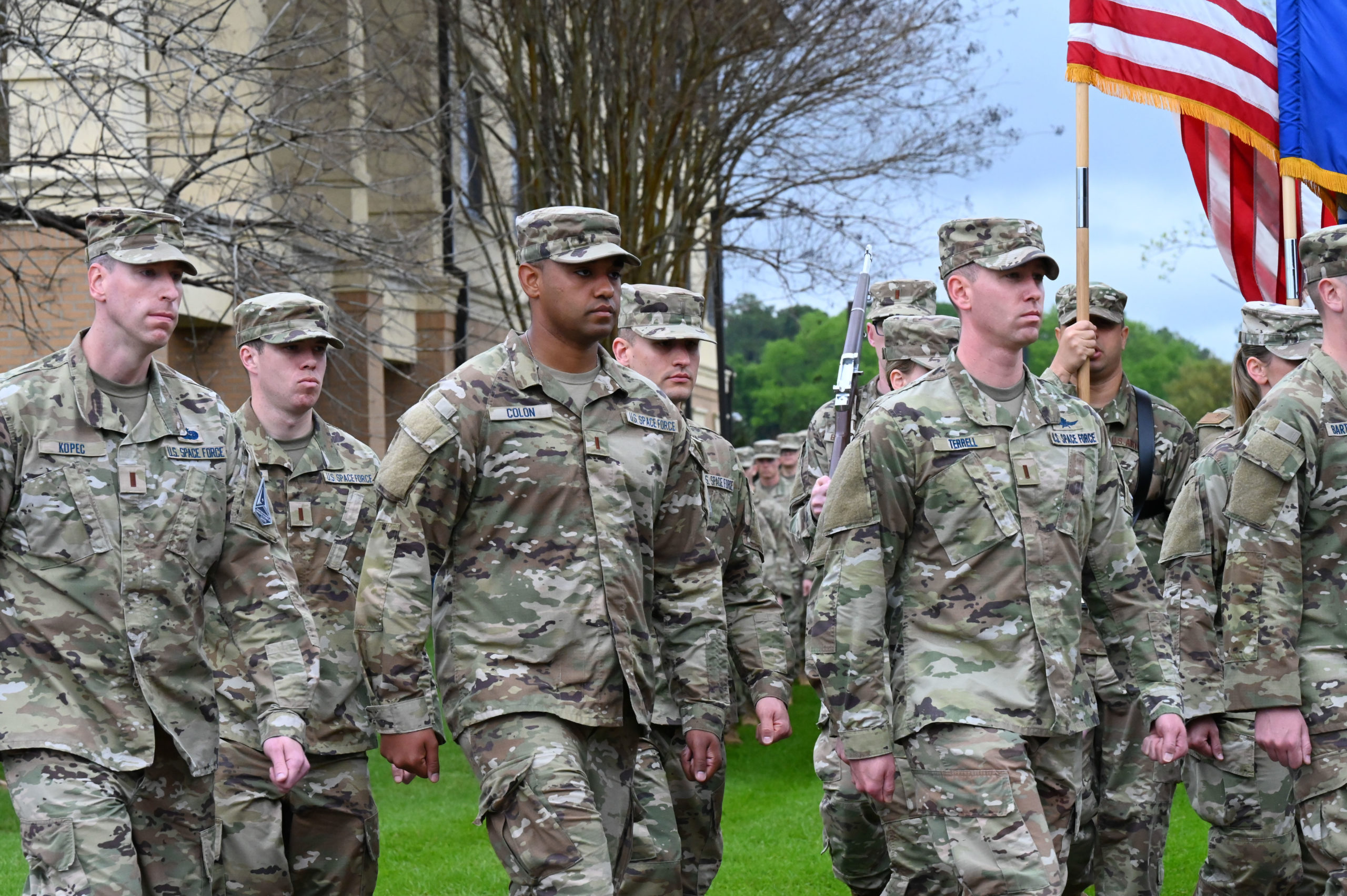The future U.S. bomber force could provide a way for the Pentagon to simultaneously deter conflict with peer adversaries in two geographically disparate theaters, said Mark Gunzinger, the director of future concepts and capability assessments at AFA’s Mitchell Institute for Aerospace Studies, during a March 21 event. But doing so will require expanding the procurement of the B-21 and extending the life of the strategic bombers already in the Air Force’s inventory, he added.
“At the very least our bomber force should be sized for two theater conflicts because it will be the lead force, the foundation of any campaign to defeat a Chinese or Russian invasion, and we’re behind the curve already,” Gunzinger said in a virtual event.
The challenge the U.S. faces is outlined in the current National Defense Strategy, which states that the U.S. must be able to prevail in a conflict and “deter opportunistic aggression elsewhere.” Even with a defense budget of over $800 billion, there is a limit on what a stretched military could do to deter parallel conflicts with China and Russia.
But Gunzinger maintains that the strategic bomber is well suited for that mission if deployed in sufficient numbers. Doing that, he said, will require some major adjustments.
With much fanfare, the U.S. is slated to start fielding a new stealth bomber soon: B-21 Raider. Those aircraft will eventually replace the approximately 45 B-1s and about 20 B-2s in the U.S. arsenal. The B-52 fleet, which currently numbers around 75 aircraft, would remain in the inventory after it is re-engined and undergoes other modernization programs. Its main role would be to fire stand-off munitions.
But Gunzinger cautions that the Air Force’s plan to retire B-1s and B-2s would be imprudent, especially as B-52s must be taken out of service to be upgraded.
“The near-term outlook for increasing the size of the U.S. bomber force is not good—in fact, it could become even smaller before B-21 production increases the number of tails on the ramp,” Gunzinger wrote in a recent paper.
An alternative approach, Gunzinger said, would be to keep older bombers flying while rapidly increasing B-21 production.
However, the B-1 has been flown hard during its service life and has a poor mission-capable rate of around 40 percent. Only around half of B-2s are available for missions at a given time, and the fleet has been on a safety stand-down since late 2022.
Burdensome, costly, and time-consuming maintenance, along with the personnel required to do that work, is the main reason the Air Force wants to retire the B-1 and B-2. In 2018, the Air Force said keeping the B-1 and B-2 around after the B-21 came online was “neither fiscally realistic nor desirable.” However, the service has said the B-52 should be kept in the air because of its large and flexible size payload.
The U.S. has committed to buying at least 100 B-21s. Gunzinger argues the number should more than double to 225. There is hardly a conflict imaginable where bombers would not play a role, especially in a high-end campaign, he noted. And implementing his plan would produce a force in which a greater portion of the U.S. bomber force would be stealthy aircraft as well.
“The future bomber force must be sized to deter and decisively respond to Chinese aggression, a second threat in another theater, and deter nuclear attacks—simultaneously,” he wrote.
Appearing during the event with Gunzinger, Maj. Gen. Jason R. Armagost, director of strategic plans, programs, and requirements for Air Force Global Strike Command, did not speak to the higher B-21 figure. However, Armagost noted that the Air Force needs a nuanced approach to determining what its fleet should look like going forward.
“It’s easy from a budget perspective to talk about one war, two war because we know the numbers, but when we’re talking about competition that drives an intensity into the force, that drives a requirement into the force that is on the spectrum actually of deterrence because the intent of competition is to demonstrate and show that it is not worth coming at us right now,” said Armagost. “That competition level of force requirement almost doesn’t get captured when you look at the binary requirements of war or peace, and so I think that’s also part of the conversation that has to happen.”
As the U.S. military gears up toward the Pacific, it still has an array of commitments, such as bolstering NATO against potential Russian threats, defending South Korea against an aggressive North Korea, and conducting raids against ISIS militants in Iraq and Syria. Having a capable bomber force that could respond to multiple crises could allow other services to focus on where they are most effective.
“The Army’s big fight is in Europe and the Navy’s is in the Pacific and they should size accordingly,” Gunzinger said. “We also shouldn’t assume another aggressor wouldn’t take advantage of our engagement in a major flight in the Pacific to make a move that we can’t deter and defeat because we size our military for one war. And that’s why we should size our bomber force for two conflicts, not just one.”
